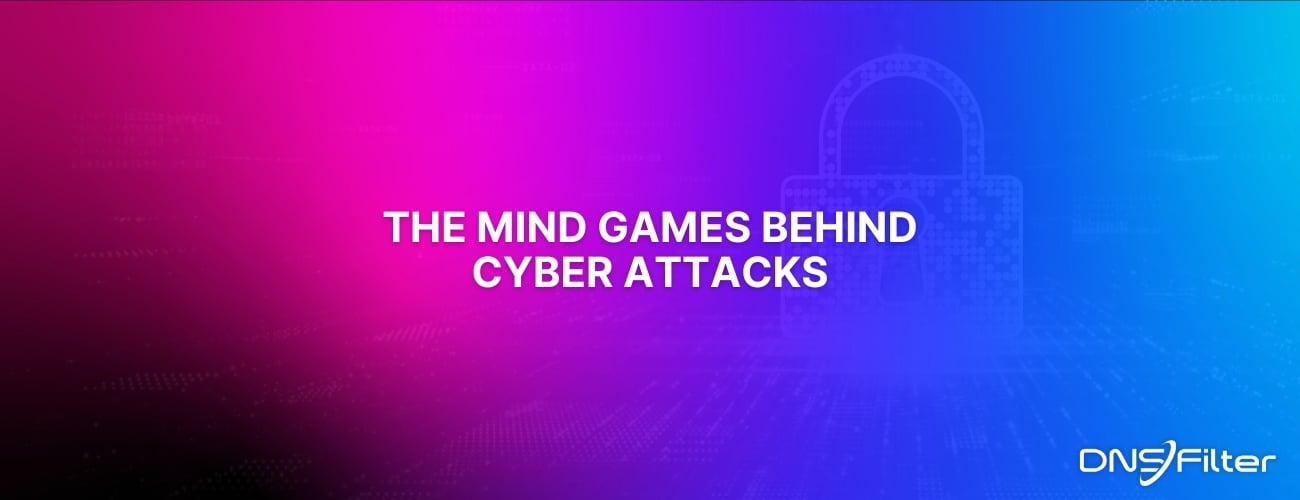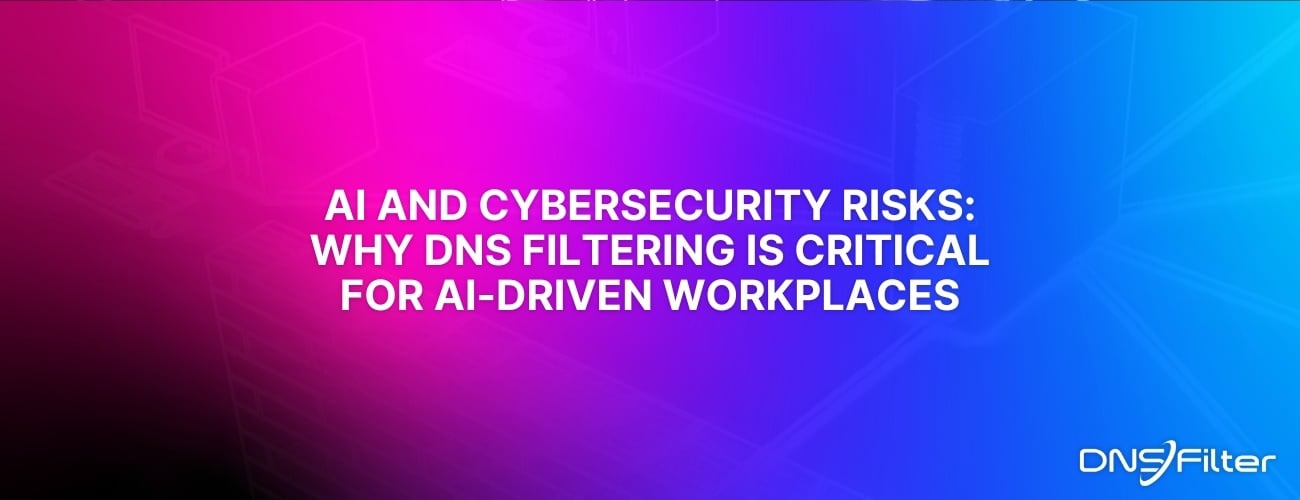Share this
Asynchronous Communication: The Key to Real Remote Work
by Serena Raymond on May 29, 2023 12:16:00 PM
Close your eyes…Now, imagine your best “remote working” life.
Does it include easily picking up your child from school, going to a doctor appointment, or getting a haircut? Now that you’ve ditched the commute, are you finally fitting in a mid-day yoga session or a quick grocery shop?
Or does it include endless meetings and Zoom happy hours?
While there are some benefits to building connection over Zoom, the very thing that enables us to work remotely (technology) comes with its own drawbacks—specifically, the ability to turn off and unplug. This can be especially challenging when it comes to communication, ranging from the pressure of being “always on” to information overload.
Remote work, when done properly, leads to excellent company culture, higher morale, and increased productivity.
Luckily, remote work is becoming more commonplace and leaders are looking to the future: Optimizing distributed work. That’s where asynchronous communication enters the conversation.
ASYNCHRONOUS COMMUNICATION
Asynchronous communication is when two or more communicators are not participating simultaneously. The responder is empowered to communicate later. While there can be confusion over the tools involved, asynchronous is not about downloading Slack or sending an email over having a meeting (though that is a great start!). The real benefit of asynchronous communication is in the ability to respond later, which is more about process and boundary setting rather than the tool itself.
Asynchronous benefits individuals, teams, and companies because it:
- Allows for deep focus and fewer interruptions
- Provides time to think, prepare, and produce a response
- Makes room for different time zones and communication styles
- Allows for documentation as default, which increases transparency
THE DO’S AND DON'TS OF ASYNCHRONOUS
Shifting some of your synchronous communication to asynchronous can free up people’s calendars and also empower people to send and receive messages based on their needs. However, that’s often easier said than done.
If you are looking to shift to more asynchronous communication, take note of the following Do’s and Don’ts:
- DON’T forget to include your approach to asynchronous communication in your remote work policies and processes. You should have general policies around access to the communication tools and what information should be documented and communicated asynchronously, as well as how it impacts norms, like core working hours.
- DO have clear use cases for communicating within each tool. In our book, Remote Works, we call this a “Digital House”. Make it obvious for your employees where they should go for status updates on projects, sharing general knowledge, and for casual conversations
- DO provide context to your messages. Before going into your question or request, share some background with the reader and then explain what you are hoping to gather from the communication.
- DO set expectations. Make it clear who is responsible for responding to a message, what the deliverable looks like, when a response is needed (remember to be as specific as possible EOD doesn’t mean much in a global context), and what will happen if there is no response.
- DON’T leave old meetings on the calendar. Once you have built skills in asynchronous communication, you can cancel meetings and replace them with your new processes. Have a meeting audit and see what meetings would be better replaced as a written standup or canceled.
- DO take into account security measures. Ensure you have a clear and easy to understand security and safety policy that covers things like password management, DNS layer protection, VPN use, and more.
Learning how to lean into asynchronous communication can be a hard shift to make, but practice makes perfect. With the right resources, you can build your remote work muscles. (And if you need help, my book, Remote Works, will teach you how!)
P.S. DNSFilter isn’t just a remote company, they also help to enable your remote workers (and keep them secure) through their software. Try DNSFilter free for 14 days.
Share this
 Artificial Intelligence in Cybersecurity
Artificial Intelligence in Cybersecurity
The term “artificial intelligence (AI)” was first coined in 1956. While progress stalled for many years, we can thank IBM for sparking real interest in AI as viable technology: First in 1997 when the computer Deep Blue defeated a chess champion and again in 2011 when Watson won Jeopardy!
 The Mind Games Behind Cyber Attacks
The Mind Games Behind Cyber Attacks
Hackers have long understood that the most sophisticated firewall is no match for a well-placed psychological trick. While many focus on the technical prowess of cybercriminals, the real magic often lies in their ability to manipulate human behavior. By exploiting our natural tendencies and cognitive biases, hackers can slip past even the most robust security systems. It's not just about cracking codes; it's about cracking the human psyche.
 AI and Cybersecurity Risks: Why DNS Filtering is Critical for AI-Driven Workplaces
AI and Cybersecurity Risks: Why DNS Filtering is Critical for AI-Driven Workplaces
Artificial intelligence is transforming business operations, automating everything from customer service to data analysis. But with these advancements come new security challenges. AI-driven cyber threats are becoming more sophisticated, enabling attackers to automate phishing campaigns, generate malware, and exfiltrate sensitive data at scale. Without proper safeguards, AI tools can unintentionally leak corporate secrets or connect to malicious ...


